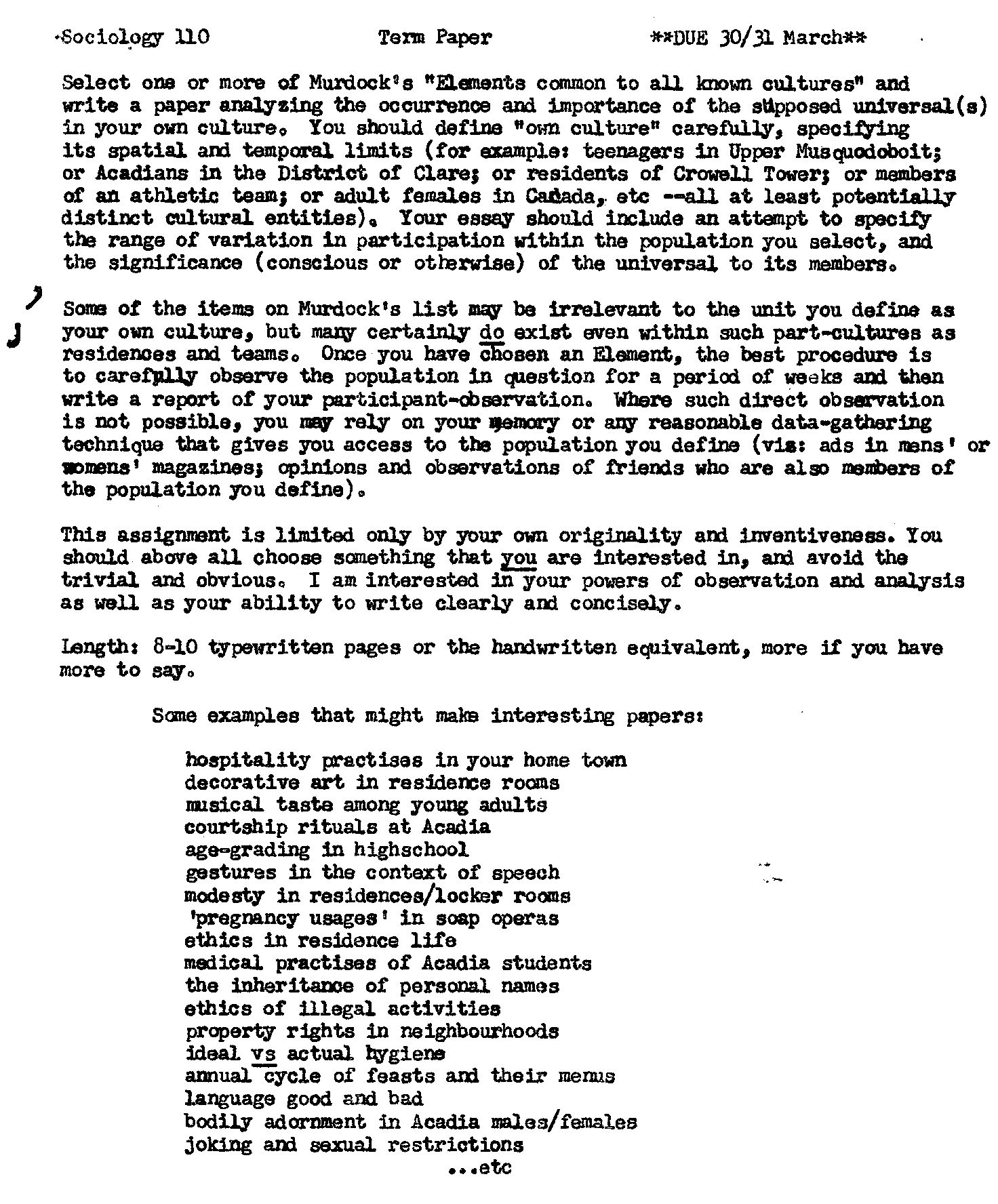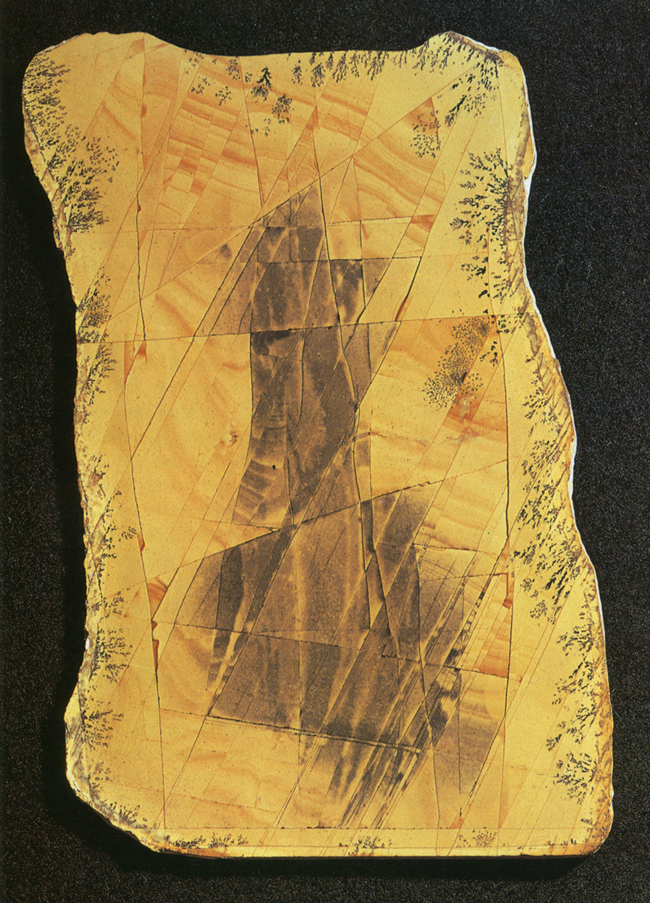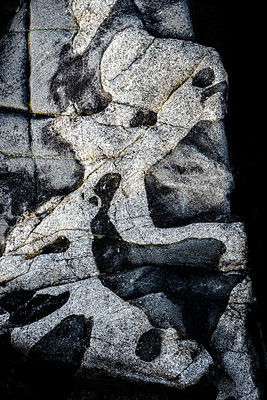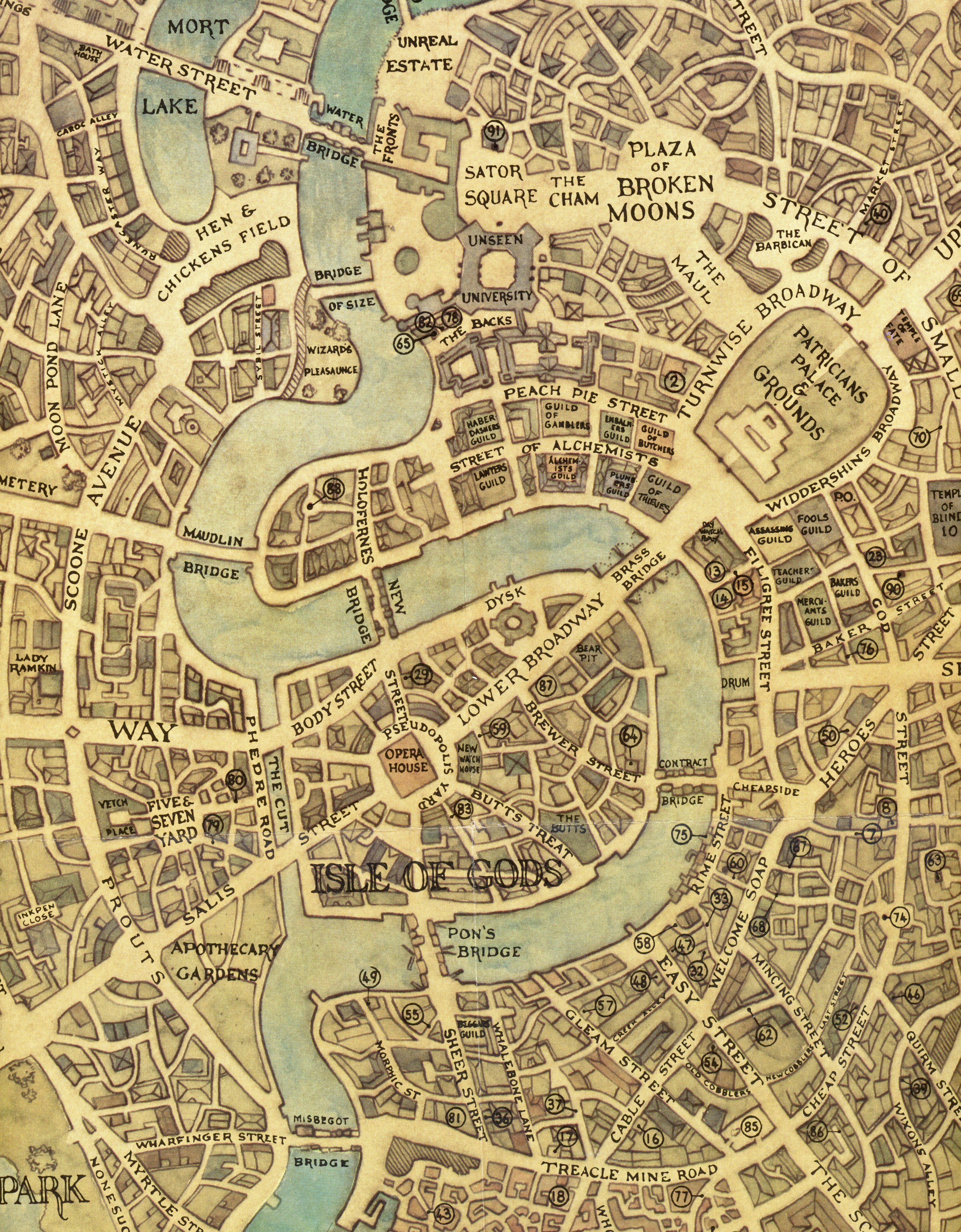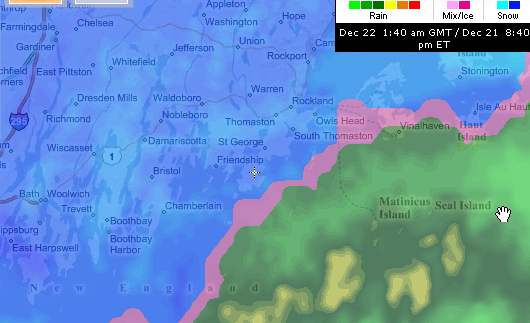About 3 weeks ago I got a request from Stephanie Aude, the Local History and Genealogy librarian at the Andover Public Library, to use a map I had drawn (in 1976) of the world around me when I was 10-11-12 (1953-1956) and lived in Shawsheen, a village that is part of Andover. In short order I volunteered to talk to the genealogy resources group at the Library, and the Event took place on April 10th… and was a grand success from my point of view. http://oook.info/etc/Andover.html has the materials I prepared for the presentation (along with links to various other bits I had gathered and shown and talked about). To my great surprise and pleasure one of the participants (Alice Mooney, as she then was) was a classmate from the Grade 6 class picture. Small world, as they say.
Along the way I revisited material Broot and I had gathered for a project we did on our own families in 2001, and was pleased with its eloquence.
As seems to have become routine, I’ve set up pages to gather links to revisit from April incoming, YouTube videos of particular salience, and videos specific to the current contretemps with Canada. And now I’ll get back to work on the Lexicon project.
